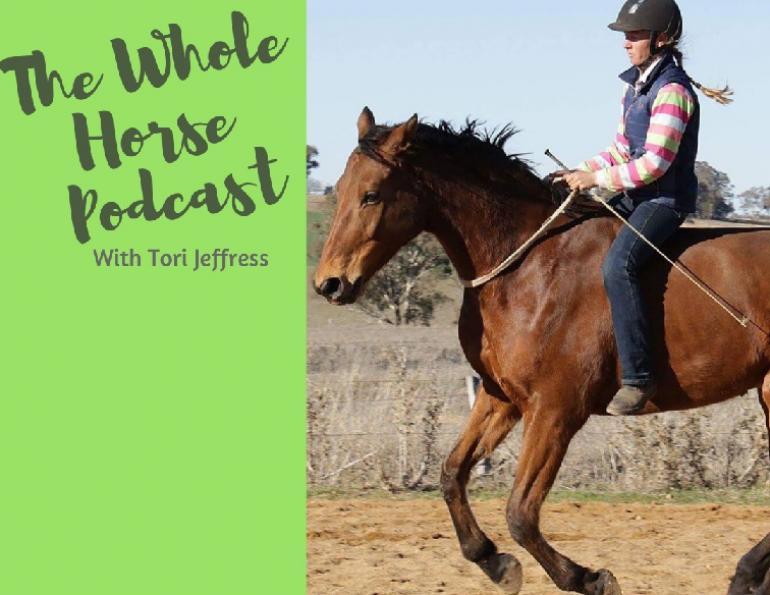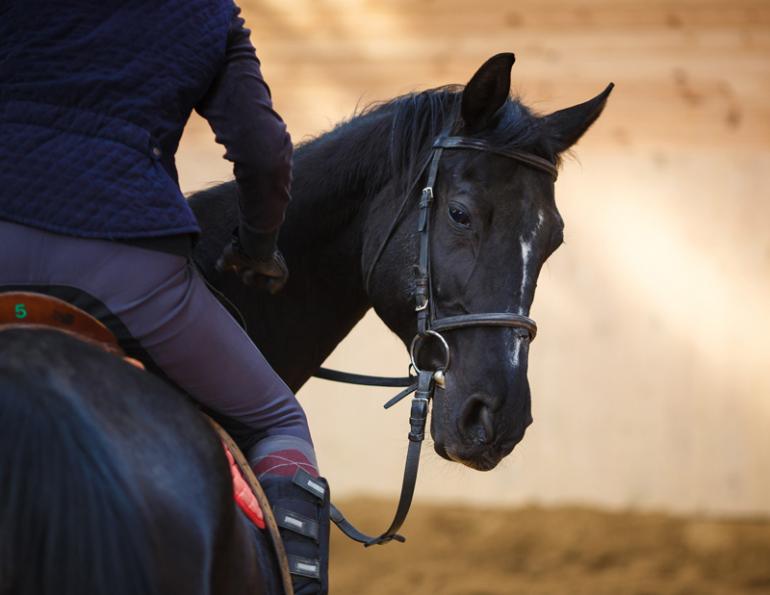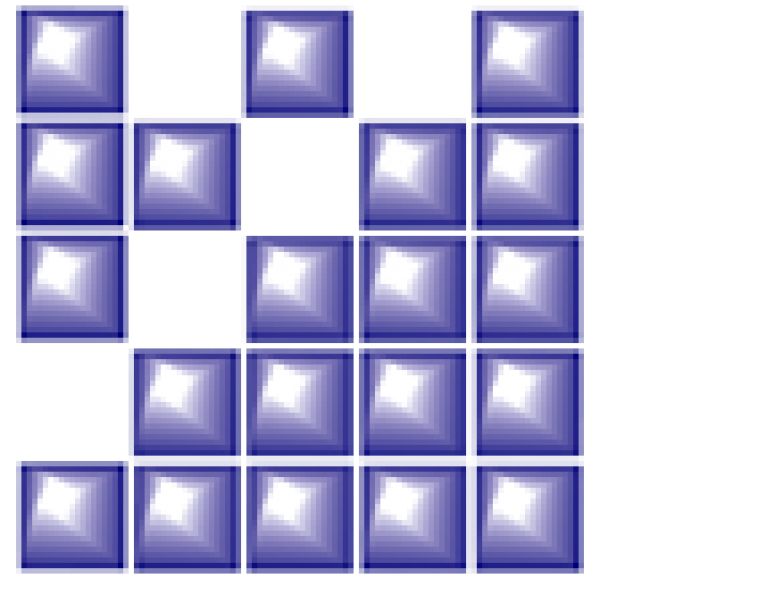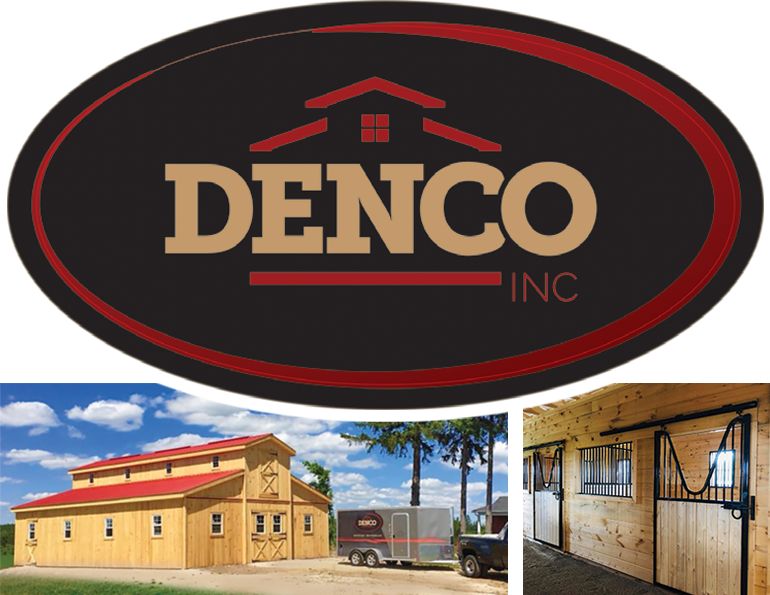Thoroughbred Aftercare Alliance
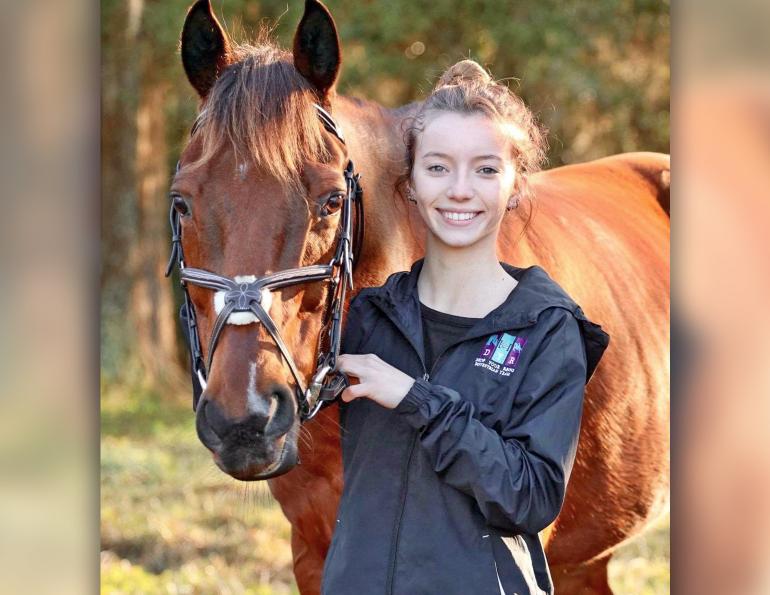
Finding New Homes for Thoroughbreds
By Kevin Lawrence
You’ve been fortunate to have an equine companion for several years now. He has thankfully remained healthy. He’s done his work, and now this companion, who has become like a member of your family, is getting a bit long in the tooth, literally. What now? There is an interesting answer.
Since 2012, a group known as the Thoroughbred Aftercare Alliance (TAA) has been the coordinating body behind a movement to help owners find a place for their charges. Currently, 74 organizations hold TAA accreditation. Grants totaling more than $17 million have gone to supporting over 10,000 Thoroughbreds — they’ve been retrained, rehomed, or retired by those accredited organizations.
The TAA is a 501(c)3 non-profit that awards grants to accredited organizations. So, the obvious question is, where does the money come from? Not surprisingly, from many sources, including TAA’s initial funding, which came from Breeders Cup Ltd., The Jockey Club, and the Keeneland Association Inc. But funding continues to come from owners, trainers, and breeders, as well as contributions from racetracks, aftercare professionals, and others.
Those 74 organizations operate 160 facilities, and they provide different avenues of assistance. Sixty-three are adoption programs, 63 run rehabilitation programs, 50 are called sanctuaries, and 13 are referred to as “equine assisted programs,” meaning they run therapy programs, inmate programs, veteran programs and so on.
Suzanna Norris founded Hidden Acres Rescue for Thoroughbreds (HART), a TAA-Accredited facility in Cocoa, Florida, in 2011. This passionate woman turned a lifelong love of horses and riding into her life’s work, and refers to this as “her calling.” Norris described a typical series of events involving a not-so-typical horse, and how HART and TAA brought a Thoroughbred to a new home.
Jackpotkidd, a 16-hand gelding, had a racing career between 2013 and 2016. Jackpot had a modest racing history and came to HART’s attention when the horse’s owner passed away and his farm was sold. HART took Jackpot in and began the process of finding the right home for him.
Jackpot was feisty. He was known to occasionally bite, and was slow to trust following reported abuse at a young age. HART’s team built a relationship with Jackpot over several months, and trained him to be ready for riding and eventing, given the right circumstances.
As the HART website states, “It’s not about finding the horse of our dreams, it’s about being the person of our horse’s dreams.” Norris and her entire organization are committed to finding the best destination for their horses — but HART’s involvement does not end with adoption. Norris says that once an animal comes to them, they have a home forever, should they need it, and the horse’s well-being is tracked by HART after the horse leaves her seven-acre farm.
Several months after arriving at the facility, an adoption opportunity arose, and Jackpot left HART — under conditions. It was agreed that a two-month trial would ensue, giving the prospective adopter and HART the right to back out if the fit for Jackpot wasn’t perfect. As it turns out, Jackpot’s new teenaged rider and the horse are flourishing together.
Norris says that she could not do her work without TAA’s help, and not just the financial support. She said that the accreditation process showed her some things that were lacking at her farm, and she continues to communicate with, and receive support from, the TAA. The accreditation and involvement with TAA “show the world that we’re legitimate,” says Norris.
Jackpot’s story is one of thousands that have happened across the United States with the Thoroughbred Aftercare Alliance’s help. At a time of significant negative press around the industry, it is heartening to know of this organization’s good work.
The author wishes to thank Erin Shea at TAA, and Suzanna Norris at HART for their kind assistance.
Main Photo: Jackpotkidd and his new owner, Faith. Credit: Courtesy of Kevin Lawrence



